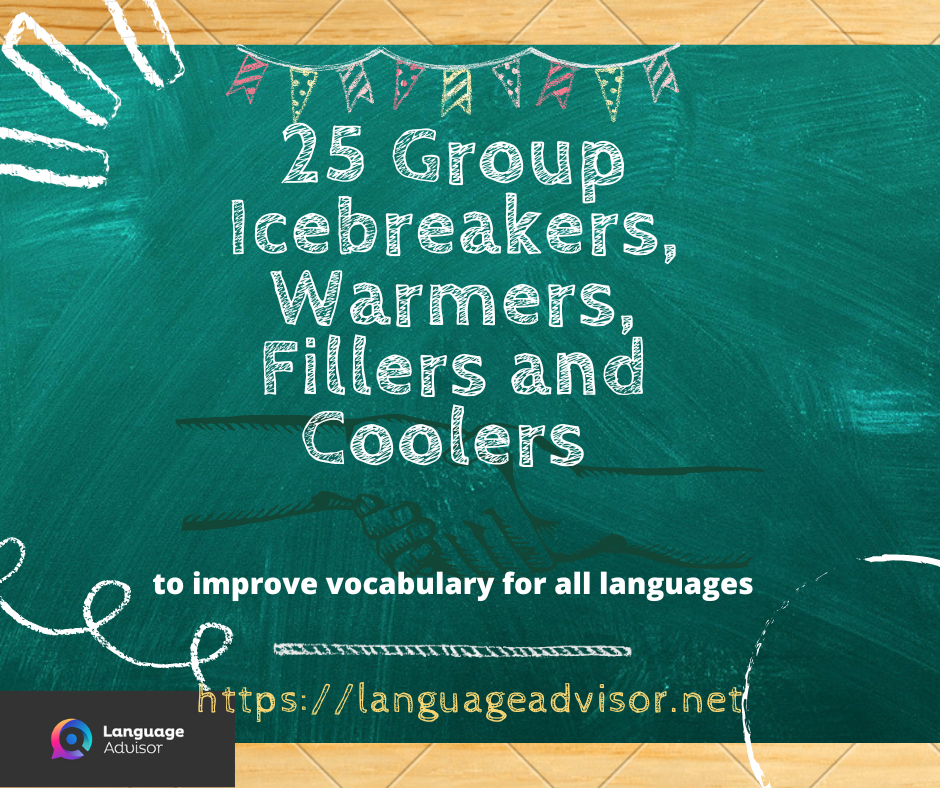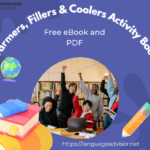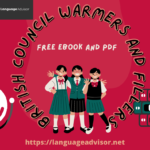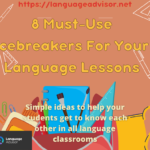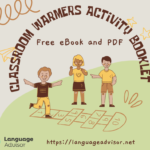25 Group Icebreakers-Warmers-Fillers and Coolers to learn and practice vocabulary and improve speaking skills in all languages for all ages.
25 Group Icebreakers-Warmers-Fillers and Coolers
25 Group Icebreakers-Warmers-Fillers and Coolers for all languages and all levels.
Warmers, fillers and coolers are short 5-10 minute activities used to engage learners, fill time during a lesson or to end a lesson on a positive note. They can either be related to the aim or theme of the lesson or act as short, stand alone activities.
It is important to have a collection of such short activities to help structure your lessons or provide a change of pace in the middle of a lesson. You can plan to use these activities like book ends at the beginning and end of your lesson.
It is also useful to have a number of activities up your sleeve to use as fillers if you feel your lesson is running shorter than expected or you feel students would benefit from a change of pace within the lesson.
- Icebreaker and Warmer: to engage learners at the beginning of a lesson.
- Filler: to change the pace of the lesson in the middle of the lesson.
- Cooler: to consolidate/round-off a lesson, leave students on a high.
Effective Icebreakers, warmers, filllers and coolers have 5 basic features:
- They are short (ideally 5-10 minutes only).
- They are fun and engaging.
- They are simple to explain.
- They require little preparation.
The difference between a beginning teacher and an
experienced one is that the beginning teacher asks,
“How am I doing?” and the experienced teacher asks,
“How are the children doing?”
~
Esmé Raji Codell

This article provides you with 20 icebreakers, warmers, fillers and coolers you can use for any language for every age.
They can all be adapted and used at different points of your lesson.
25 Group Icebreakers-Warmers-Fillers and Coolers
NAME AS MANY…
This “Name as many” activity works very well as a warmer to start a lesson.
Procedure
Hand out the cards to the team or individual students and have them compete orally if used with Intermediate or Upper Intermediate, or using a dictionary with lower levels.
Example Cards:
- Name 5 body parts above the neck that have 3 letters;
- Name the continents in alphabetical order;
- Name as many languages as you can
Here are some other examples you can find on Language Advisor:
For English students:
For Italian students:
For Spanish Students:

SHOUT OUT

Ask the students to shout out the words they know in the language they’re learning (English, Italian, French, Spanish…). Then ask them to make the longest sentence possible.
Procedure
Put the students into groups and tell them to make a list of all the words they know. Then get the groups to write the words up on the board.

LEARNING NAMES

Draw on the board as many objects as the letters in your name. The first letter of the name of each object must be a letter in your name. Draw the objects at random order.
Procedure
- Have your students tell you the names of each object and write them on board.
- Then, tell them that they have to put the first letter of the name of each object in the correct order so as to come up with your name.
- Finally, ask your students to do the same so that the rest of the class can guess their names.

BRAINSTORMING WORDS

Write the topic on the board such as:
- Kitchen objects
- Uncountable Nouns
- Adjectives to describe a person
- Irregular past tenses
- …
Have the students brainstorm the name referring to the topic.

BODY PARTS

For this activity you will need: tape, paper and scissors. Begin by introducing the body parts in the language you’re teaching: forehead to ankles, big toe to eyelashes, chin, cheeks, freckles, belly button, waist….
Procedure
Get some of the students to write the body parts fairly large on paper then cut them out separately. Split them into rows with a mannequin (you can also draw it on the board) for each row at the front of the class. The object is for each team member to run up and stick it on their mannequin untill all parts have been stuck. The winner is the fastest team but also the team that put them in the correct places.

25 Group Icebreakers-Warmers-Fillers and Coolers
HANGMAN VARIATION

This activity not only practises spelling, as hangman does, but also syntax, tenses, etc. as students will have to speculate on what type of word can go in the empty spaces once they have some information to work with.
Procedure
Using a full sentence, put the empty spaces of all words in the sentence on the board. Divide the class into two or more teams, and explain that they have to first guess and later deduce the words that make up the sentence.
In turns, they can say individual letters and get as many points as there are letters of that type in the whole sentence, or they can venture a guess and at one complete word.
If they get it right, the total number of letters in the word gives them the number of points they get for that turn.

VOCAB SHOW: UP, UP, UP!

This is a vocabulary revision activity. You choose the words to be revised.
Procedure
Divide the class into groups of four. Each group chooses a secretary. Start by giving definitions to the words you wants to be revised. Ie: This is something which is used for cutting wood.
The group try to find the word and the secretaries write “axe“. When you tell them “Up,up,up!”, secretaries have to raise their cards. Each correct word is 10 points, with spelling mistakes 5 points.

DICTIONARY

Divide the class into 3 or 4 teams. Choose at random a page from a monolingual dictionary and tell the students with which all the words begin.
Start reading out the definitions of each word. Students shout out the word they think is being defined.

WHISPERING WORDS
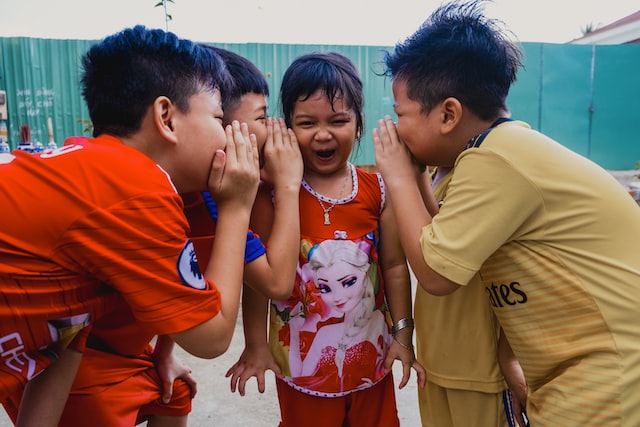
This game is great for reviewing vocabulary. It’s a very funny game but can make the class a bit hyper!
Place two sets of flashcards on the board and draw a line on the board to separate team A from team B. Have each team form a row, straight from the board to the back of the room.
You should move to the back of the rows and whisper 3 or 4 of the flashcards into the back 2 students ears, at the same time. The students at the back must whisper these words to the students in front of them in the order they heard them and so on to the students in front of them, until the words have travelled all the way to the front of the row.
The students at the front must jump out of their seat and grab the mentioned flashcards and stick them to the board in the order heard. After the round is over, the students at the front move to the seats at the back, and everyone slides up a seat.
Here you can find many Flashcards:
Click the button
ALTERNATIVE ACTIVITY: WHISPER IT
Write a word on a slip of paper and show it to a student. This student must whisper it to the second student. Then the second student must draw a picture of what he/she heard, and show it to the third student. The third student then writes the word that represents the picture and shows it to the fourth student. Then the fourth student whispers it to the fifth student…and so on. This continues until you get to the last student, who must say the word to the class.
ALTERNATIVE ACTIVITY WITH FLASHCARDS: TOUCH IT FIRST
Distribute some flashcards facing up. Call out the name of any of the flahscards. The student who touches first the card gets a point. Please be careful: this activity can get very competitive!

WORD ASSOCIATIONS

This was a famous game show and it works with language students too: give 2 words, ie “bread” and “baby”. The students have to link the 2 words through a progression of word associations, so for example: “bread-food-drink-milk-baby”. For upper levels, you can also determine the number of words used to link, or have a contest to see which pair can do it in he fewest step.

25 Group Icebreakers-Warmers-Fillers and Coolers
WORDS FROM WORDS
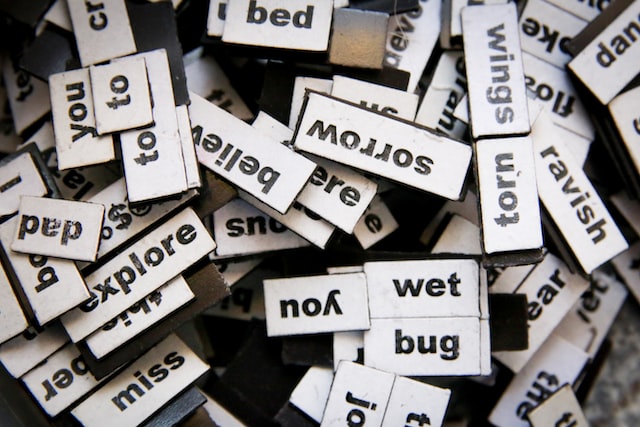
This activity is a fun way of reviewing vocabulary and much more!
Procedure
Ask the students how many words they can make from other words you choose (i.e. International, Airport, Weather…). Have students work in pair or in groups.

NOUGHTS AND CROSSES
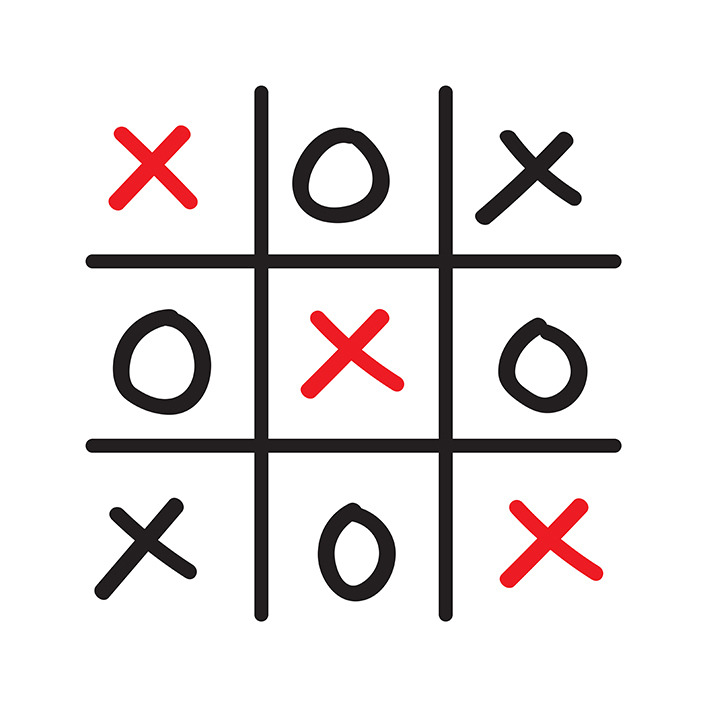
Draw up a scheme on board to form 9 partitions; divide the class in 2 teams, (team 1 is O, team 2 is X). Write 9 categories:
- Animals
- Negative
- Sport
- Food
- Description
- Countries
- Jobs
- Questions
- Clothes
- Irregular Tenses
Play out noughts and crosses using these categories.
TIPS: Write the correct answers and no repetitions are allowed.

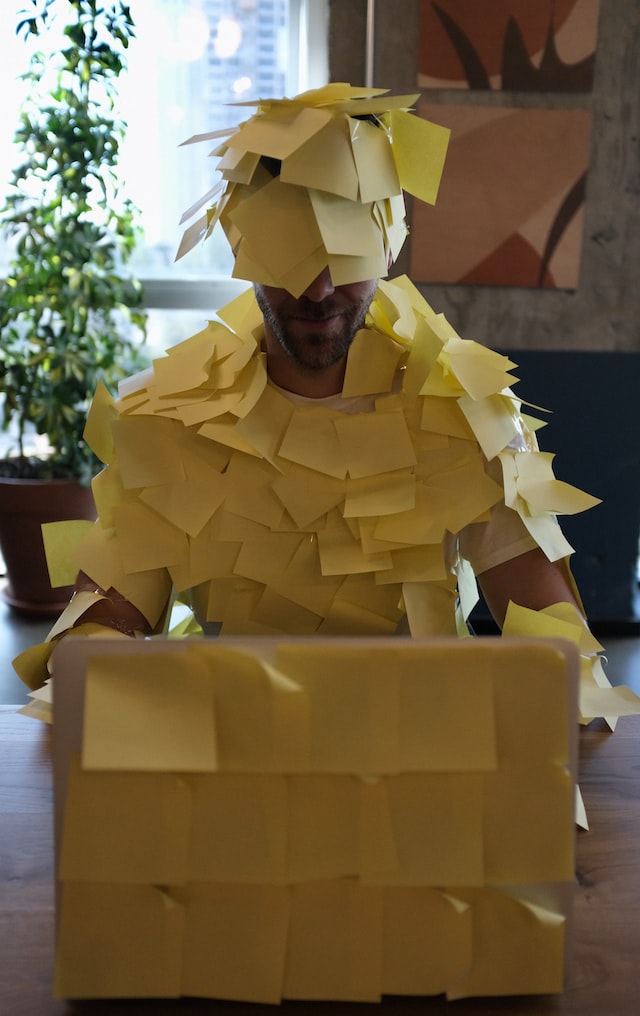
BACK TO THE BOARD
Write a word on a post-it note and stick it to the back of one of your students. Have him/her come to the board. Ask the class to give clues in the language they’re learning to help the volunteer. Once he/she guessed right, he/she can choose the next volunteer.

THE ALPHABET GAME

This is a perfect filler activity for all ages and levels.
Round the class and give a word beginning with the last word mentioned. Example in English: Apple – Egg – Gun – Nose…
ALTERNATIVE ACTIVITY: THE SENTENCE GAME
The game starts with a student saying a word. The following student should repeat that word and add another one keeping the idea of the sentence in mind. The following student should repeat the first 2 words and add another one. The game continues untilt someone either makes a mistake or forgets a word.
You can ask your students to include a pattern or certain vocabulary in the sentence. The game can be restarted as many times as you want.

MIME IT

Mime something the student need to guess. For example you can mime what you had for breakfast, lunch or your favourite food. Write the answers on the board. You should always be the first one to mime something. Don’t be afraid to make a fool of yourself in a funny way: it helps your students to enjoy this activity!
ALTERNATIVE ACTIVITY: GUESS THE DISH
Bring a fork, knife, spoon, bowl, plate and chopsticks to class, and mime eating some different dishes, letting students guess what they are. Then let your students take a turn.

25 Group Icebreakers-Warmers-Fillers and Coolers
THE FOOD MARKET

This activity helps revise the vocabulary related to food in all languages. You can also practice the article and the countable and uncountable nouns.
Start telling your class: I went to the supermarket to buy a kilo of apples. Ask then your students to continue: each person repeats and adds more food. The chain goes round the class.
This activity works well also with ABC revision (apples, bananas, cherries…)

COMBINE IT
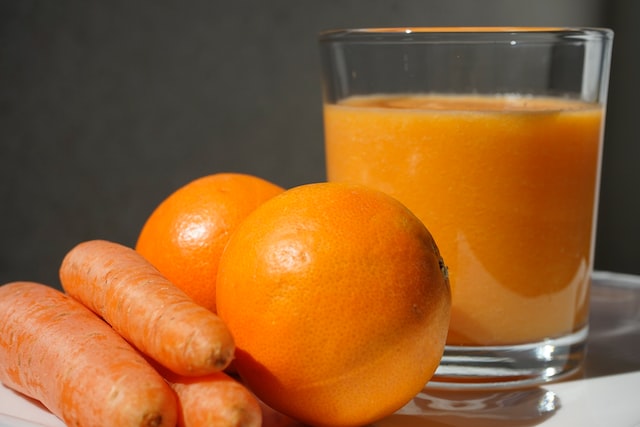
Choose one topic (food, sport, clothes…) and elicit a list of examples (food-chicken, pudding, rice).Then have your students come up with the most unusual combinations of items from tha list. (chocolate- beef or wrestling -golf)

25 Group Icebreakers, Warmers, Fillers and Coolers
BOARD RELAY
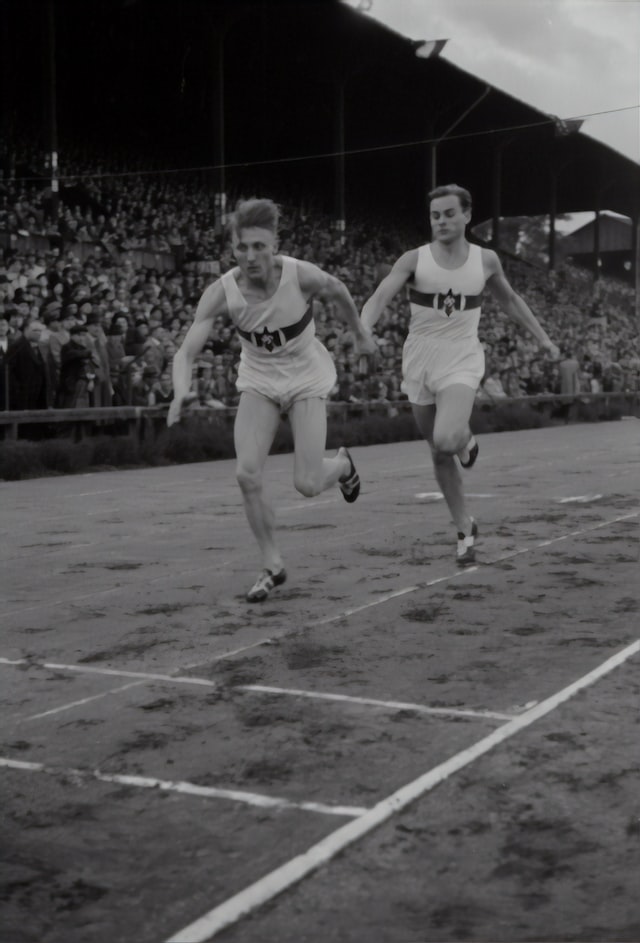
Split the class into 2 groups. Write up four columns with A, B, C, D on either side of the board. Call out a topic like Country, Food, Animal, etc. Get them to run to the board and write up category in each column that starts with the corresponding letter, ie. A, B, C, D.
I do it like a relay only allowing one at the board from the team and making them run back to pass it to someone else. It’s great for teenage learners as they love being active.

WHAT’S IN MY BAG TODAY?

This warmer activity is started with you asking your students to guess what could be inside your bag. You can help with some prompts, such as size, colour, function, price…
ALTERNATIVE ACTIVITY: THE THREE ITEMS
Put students in pairs and ask them to guess 3 items in their partner’s wallet, purse, bag, pencil box.

BINGO WORDS WARMER
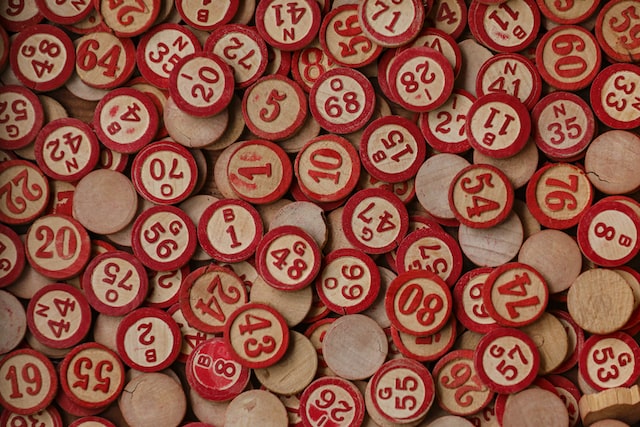
Purchase some bingo chips (in alternative you can use pasta). Divide a piece of cardboard into squares and print a word in each square. Read a word. When the students find it, they cover it with a bingo chip or pasta. Go for a blackout each time and once they have it, have each student read each word back to you. It is more difficult for a student to read the word back than to find the word as they hear you read it.
Here are some bingo activities for all langueges you can find on Language Advisor:
Click the button

25 Group Icebreakers, Warmers, Fillers and Coolers

VOCABULARY ENVELOPE
Prepare a vocabulary envelope. Each important vocabulary word that you teach goes into the envelope and when you need a warmer or a filler, have the students pick a word out. They then have to make a meaningful sentence showing the understand the word. Lots of groans and head clutching here – they know they know the word but…!

ADVANCED PICTIONARY
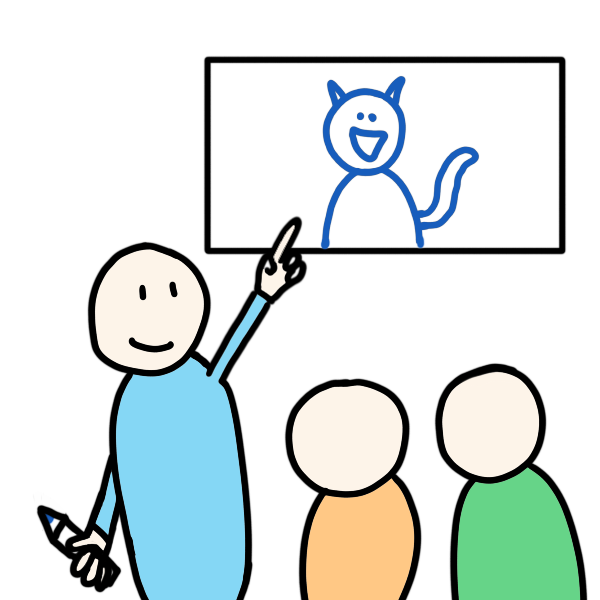
After class discussion, have your students draw a picture relating to one abstract concept from the reading. Some discussion might be necessary on the difference between “abstract” and “concrete” and how an abstract term might be portrayed. Encourage creativity and give an example as necessary: example, portray “global warming” as a sphere radiating “heat” lines. Students will then do their own drawings, and their classmates try to guess them. This works because it gets students really thinking about the vocabulary related to a topic, its meaning and how it might be communicated.

End Class Activities
These are activities suitable for the end of your lesson.
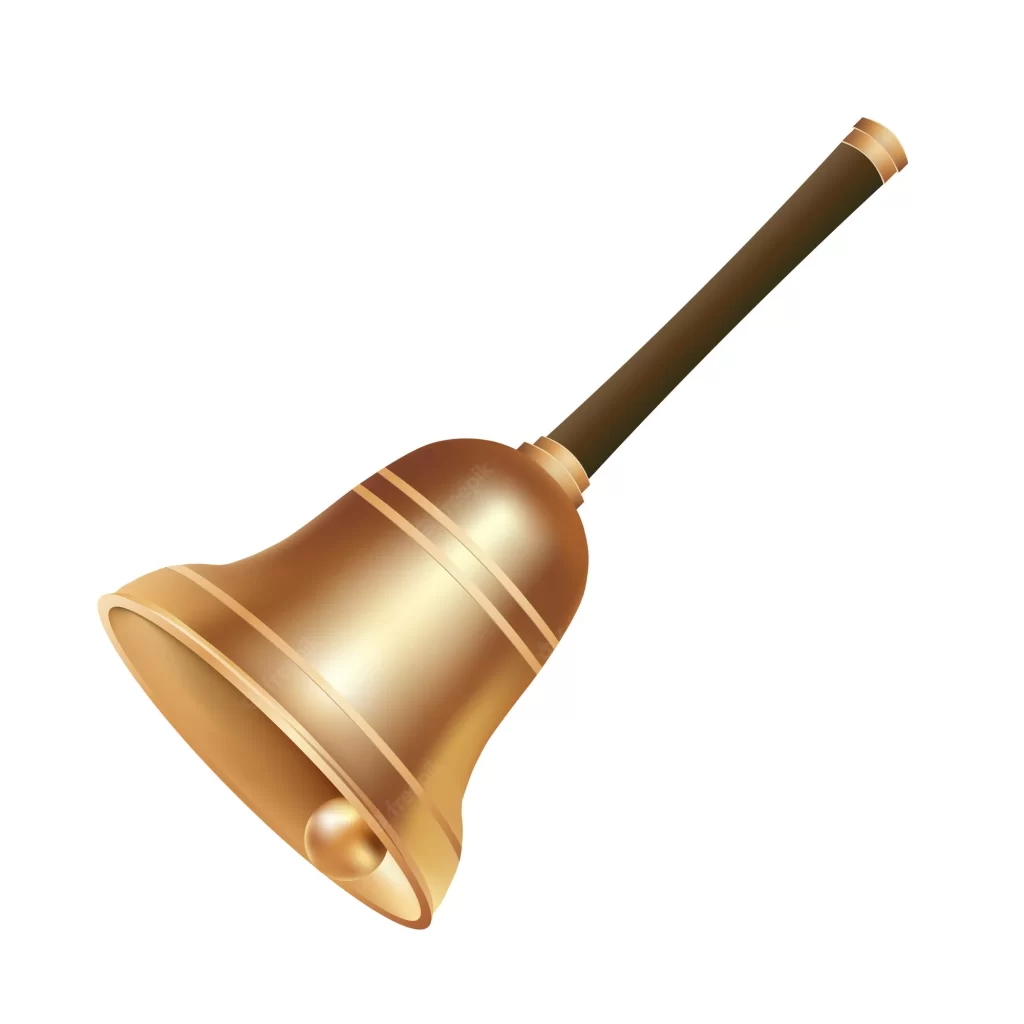
BOARD MEMORY CHALLENGE
At the end of the class, erase the board and challenge your students to recall everything you wrote on the board during the class period. Write the expressions on the board once again as your students call them out.
WORDS YOU HAVE LEARNED
Just a few minutes before the bell rings, call on your students to choose the ten most useful words they came in contact with during this class period, then have them narrow it down to the 3 most useful words.

25 Group Icebreakers-Warmers-Fillers and Coolers
BUMPER STICKERS
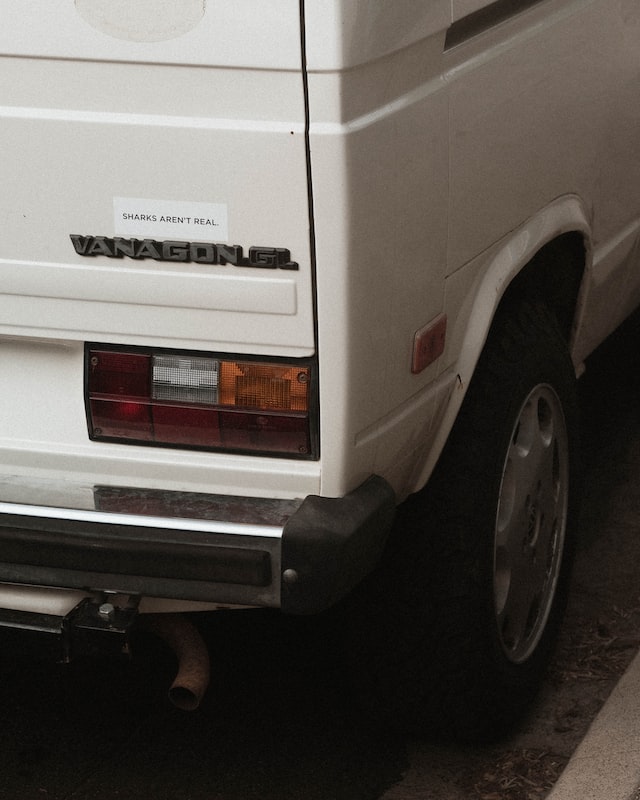
In the last part of class, have students create “bumper stickers” around a course concept. First expain what a bumper sticker is (a short, usually clever slogan placed on the back, or bumper, of a car). Model it on the board if necessary. For example, if a class topic has been the environment, some bumper sticker might be “Save our water” or “Be kind to the planet”. Students can work together to create their stickers and share them. With this method students will be working in groups, practicing speaking and writing skills, as well as extending knowledge of the course.


